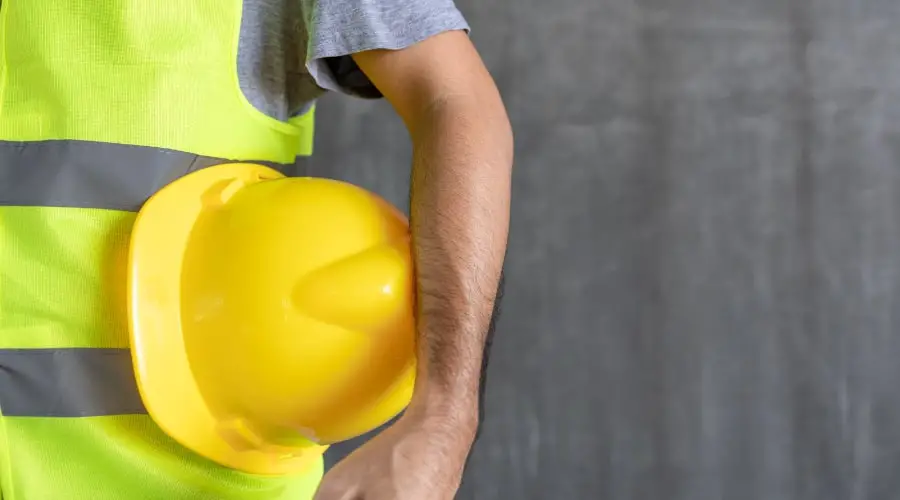Whether you’re a motorcyclist, a bicyclist, or an adventurous rock climber, helmets are crucial protective gear. But have you ever wondered about the average lifespan of a helmet? Most manufacturers suggest that a helmet should be replaced every three to five years, but the actual lifespan can depend on various factors.

Factors Influencing Helmet Lifespan
Several factors determine the longevity of a helmet. Let’s delve into the key aspects.
Material Quality
The quality of the materials used significantly affects the helmet’s durability. Higher quality helmets tend to last longer due to their robust build and superior materials.
Usage Frequency
Frequent use of a helmet can speed up its degradation. If you use your helmet daily, it may not last as long as someone who only uses theirs occasionally.
Maintenance and Care
Proper care and maintenance can greatly extend a helmet’s lifespan. This includes cleaning it regularly, keeping it in a cool, dry place, and avoiding unnecessary exposure to extreme temperatures.
Manufacturer’s Suggested Lifespan
Helmet lifespan can also depend on the type of helmet and its manufacturer’s guidelines.
Motorcycle Helmets
Most motorcycle helmet manufacturers recommend replacing the helmet every five years. However, this can vary based on the factors mentioned earlier.
Bicycle Helmets
Bicycle helmet manufacturers generally suggest a lifespan of three to five years. However, any significant impact should warrant immediate replacement.
Climbing Helmets
Climbing helmets, subjected to harsh conditions, often have a shorter lifespan. Manufacturers recommend replacement every three years, or sooner after a significant fall or impact.
Signs of a Helmet Needing Replacement
Regardless of the type, all helmets show signs when it’s time for a replacement.
Visible Damage
Cracks, dents, or fraying straps are signs that your helmet is no longer safe and needs to be replaced.
Age
As a rule of thumb, if your helmet is over five years old, it’s time to consider getting a new one, regardless of visible damage.
After a Significant Impact
If your helmet has taken a significant impact, it needs to be replaced immediately, even if there are no visible signs of damage.

Proper Care to Prolong Helmet Lifespan
Regular cleaning, storing in a cool, dry place, and avoiding exposure to harmful chemicals and extreme temperatures, can significantly prolong your helmet’s life. Always follow the manufacturer’s guidelines for care and maintenance.
Frequently Asked Questions
1. Can a helmet last more than five years?
While a helmet can technically last more than five years, it’s generally advised to replace it after this period due to the degradation of materials over time and potential unseen damage.
2. Does the helmet lifespan apply to all types of helmets?
While the three to five-year rule is a good general guideline, it’s essential to refer to the manufacturer’s specific guidelines for your particular helmet type.
3. What is the single most crucial factor affecting a helmet’s lifespan?
The most significant factor is likely the frequency and conditions of use. A helmet used daily in harsh conditions will degrade faster than one used occasionally in milder environments.
4. Can I still use my helmet after a significant impact if there’s no visible damage?
No, you should always replace your helmet after a significant impact, even if there’s no visible damage. The impact can cause micro-fractures that compromise the helmet’s structural integrity and safety.
5. How can I prolong the lifespan of my helmet?
Regular cleaning, proper storage, and avoiding exposure to harsh conditions can help prolong your helmet’s lifespan. Always follow the manufacturer’s guidelines for care and maintenance.
Conclusion
While the average lifespan of a helmet is generally between three to five years, many factors can influence this. The most important thing is to regularly check your helmet for signs of wear and tear and replace it when necessary, even if it hasn’t reached the average lifespan yet. Safety should always be the top priority. Therefore, when in doubt, replace your helmet to ensure maximum protection.
Helmetslab is a website that focuses on providing in-depth reviews and information about different types of helmets, including motorcycle helmets and others helmets. I am writing a post with proper research on the info that helps helmet users.

